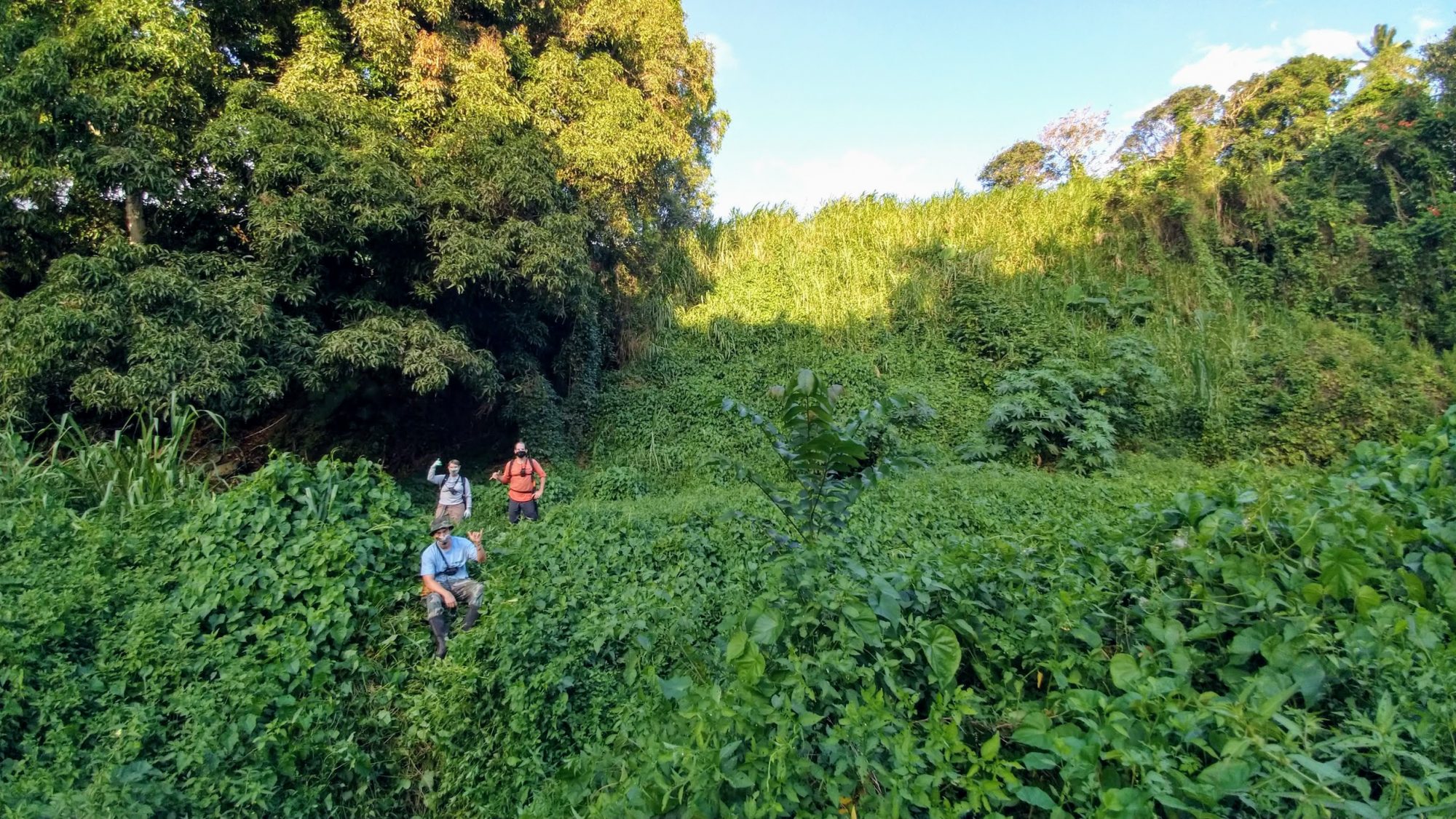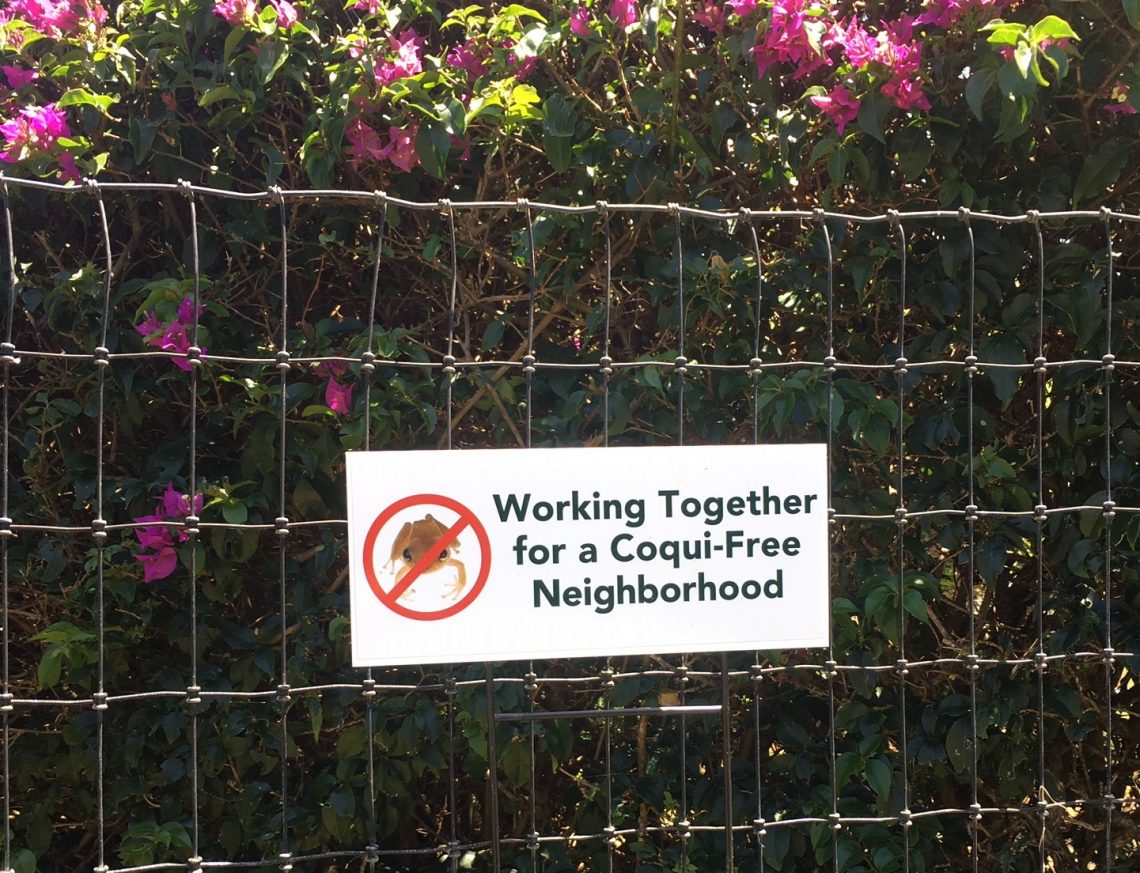As preparations were being made for MISC’s coqui crew to safely do fieldwork during Covid-19, the field crew had the…
Read More
Outreach – April/May 2020
In the increasingly virtual world of meetings and presentations, the Maui Mauka Conservation Awareness Training went online. This collaborative…
Read More
Hiring five field crew and a crew leader to join our coqui program.
Work outside, mālama the ʻāina, and help your community.
Hiring – Community Engagement Coordinator for Coqui Removal – Apply by 12/18/19
Please see recruitment on RCUH careers site for a full job description. Employment type: One (1) Full – time, permanent position…
Read More
How to Mix Citric Acid for Coqui Control
Follow all label directions. You can find a generic label for citric acid here: Citric Acid 25b label Making your…
Read More




